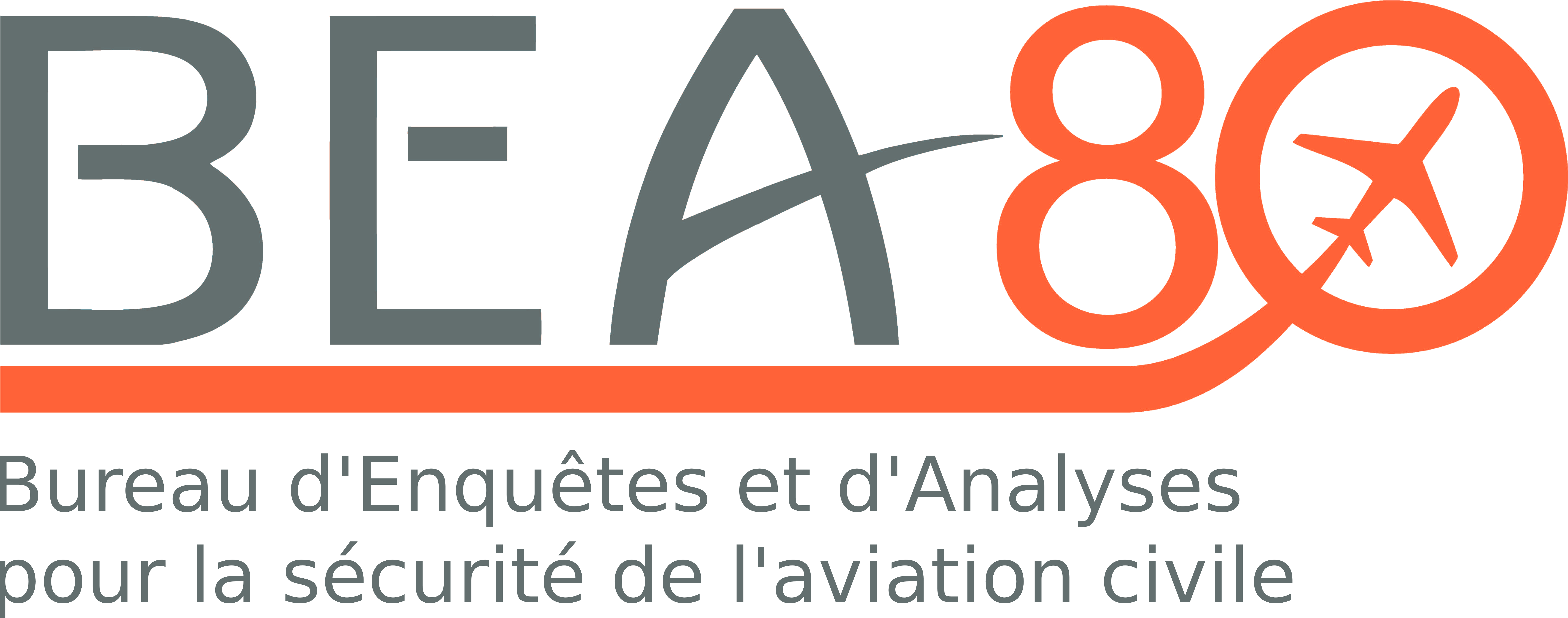Accident to the plane PA25 registered F-GHSH and the glider Slingsby T31b identified BGA 4926 on 05/05/2012 at Buno-Bonnevaux
Collision en vol entre un avion remorqueur et un planeur
At about 16 h 45, the pilot of the PA25 took off from runway 28 at Buno Bonnevaux aerodrome while towing a glider. Following the release, he began a continuous descent towards the aerodrome in order to land back there. At about 16 h 50, flying over the southern threshold of runway 10, at a height of about 100 metres above some woods, the aeroplane collided with another glider. The latter had taken off from runway 28, with the assistance of a winch, a few minutes earlier.
The collision was due to the failure of both pilots to detect the other aircraft visually, in uncontrolled airspace where collision-avoidance depends entirely on external vigilance. It appears that neither of the two was aware of the possible presence of another aircraft nearby
The BEA issues 1 safety recommendation:
- Recommendation FRAN-2015-057 / Onboard traffic detection system
The SISA study ordered by EASA showed that 82 midair collisions occurred in Europe between 2006 and 2011. These accidents caused 82 deaths and 16 serious injuries.The majority of accidents involved aircraft with a maximum takeoff weight below 2,250 kg.
The investigation showed once more the operational limits of the ‘‘see and avoid’’ concept as well as the requirement to develop an onboard traffic detection system for all aircraft in general aviation. EASA encourages their installation, without however making certification mandatory. Systems, such as FLARM, have been developed and subsequently adopted by a large number of European pilots.
Nevertheless, operational reliability of such equipment cannot be guaranteed for all flight conditions. Various technological solutions are identified in the SISA study.
EASA encourages industrial manufacturers to carry out research and studies to develop alternative solutions.
However, to be effective, these systems must be interoperable. Interoperability of a system depends on the choice of a common exchange format (communication
protocol). Consequently, the exchange formats for the various onboard traffic detection systems should be standardised.
Consequently the BEA recommends that:
EASA encourage the development, use and generalisation of interoperable onboard traffic detection systems. This can be achieved through standardisation of the broadcast and exchange formats between the various systems. [Recommendation 2015-057]
Any mention of the study entitled: ‘‘Research Project EASA.2011/07 Scoping Improvements to ‘See And Avoid’ for General Aviation (SISA)’’ must be accompanied by the following note:
Disclaimer
This study has been carried out for the European Aviation Safety Agency by an external organization and expresses the opinion of the organization undertaking the study. It is provided for information purposes only and the views expressed in the study have not been adopted, endorsed or in any way approved by the European Aviation Safety Agency. Consequently it should not be relied upon as a statement, as any form of warranty, representation, undertaking, contractual, or other commitment binding in law upon the European Aviation Safety Agency.
Ownership of all copyright and other intellectual property rights in this material including any documentation, data and technical information, remains vested to the European Aviation Safety Agency. All logo, copyrights, trademarks, and registered trademarks that may be contained within are the property of their respective owners.
Reproduction of this study, in whole or in part, is permitted under the condition that the full body of this Disclaimer remains clearly and visibly affixed at all times with such reproduced part
___________________________________________________________________
Note: in accordance with the provisions of Article 17.3 of Regulation No 996/2010 of the European Parliament and of the Council of 20 October 2010 on the investigation and prevention of accidents and incidents in civil aviation, a safety recommendation in no case creates a presumption of fault or liability in an accident, serious incident or incident. The recipients of safety recommendations report to the issuing authority in charge of safety investigations, on the measures taken or being studied for their implementation, as provided for in Article 18 of the aforementioned regulation.
